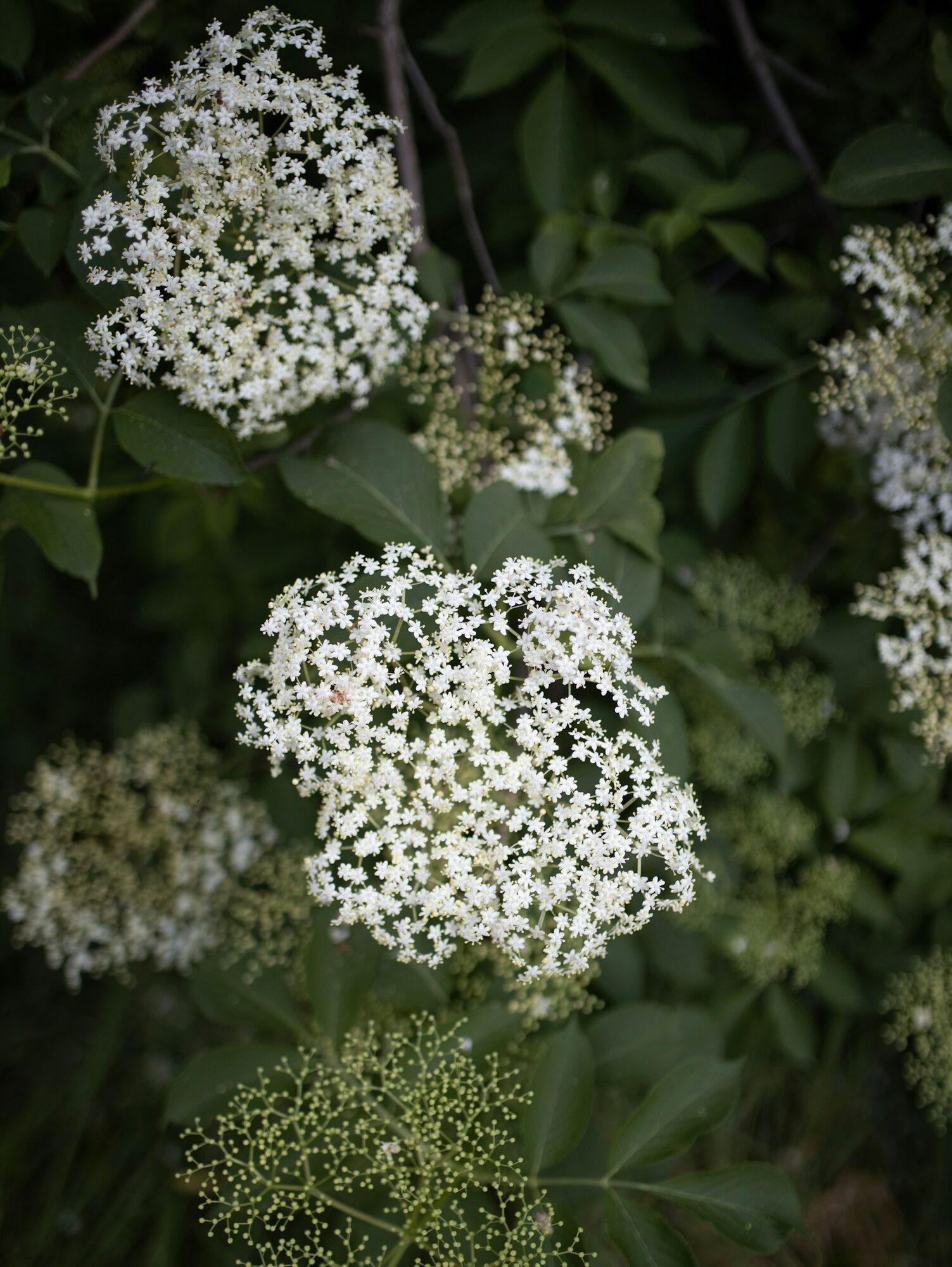The birds are singing again, the greenery is emerging, and color is increasingly visible in nature and gardens. It's clear: spring is here! We can enjoy milder temperatures and spend more hours outdoors due to the longer days. With spring in full bloom, nature comes alive once more! Now is the perfect time to discover which edible wild plants are growing. In the Netherlands, there are countless edible wild plants that are not only a feast for the eyes but can also be a delightful addition to our meals. In this article, I describe five edible wild plants. Perhaps there's a plant you didn't know was edible.


Nettles (Urtica dioica)
Yes, they sting, but don't let that deter you! Nettles naturally grow for a reason, maybe even in a corner of your garden. This plant is a host for several butterflies you might have seen, like the peacock butterfly, comma butterfly, and red admiral, among others. Their caterpillars feed exclusively on this plant. Without nettles, these butterflies wouldn't survive.

But nettles are also edible for humans. They are powerhouses of nutritional value, packed with vitamins and minerals, including vitamins A, C, and K, as well as iron and calcium. Young nettle leaves can be cooked and used like spinach, added to soups, or even made into pesto for a surprisingly delicious result.
So if you have an abundance of nettles or come across fresh nettles in a clean spot in nature, pick some (always leave some for the animals) and try adding this powerhouse to your menu. Be careful of the stinging hairs when picking. Once heated, the stinging hairs are no longer a problem.
Wild Garlic (Allium ursinum)
This is my favorite edible wild plant. In the eastern part of the Netherlands, this plant doesn't grow as abundantly as in other parts of the country, so I brought it to my own garden. But if you're lucky, you can find this plant in nature, especially in wooded areas and shady spots in parks. A few years ago, wild garlic was on the Red List, meaning it had become rare and was protected. Fortunately, it has been removed from the list, but that doesn't mean we can harvest it indiscriminately. Picking a few leaves from a spot full of wild garlic is usually tolerated. You can also buy a few organic wild garlic plants from a nursery or garden center and plant them in your own garden.


Wild garlic has a distinctive garlic scent and flavor. The leaves can be used in salads, soups, or made into a delicious pesto. Wild garlic is not only tasty but also known for its health benefits, such as aiding digestion and boosting the immune system. Once the plant blooms, the leaves are less flavorful, but the flowers are also edible and make beautiful edible decorations on a salad. Always ensure you're consuming the correct plant, as some, like the lily of the valley, look similar but are toxic and should not be eaten.
Dandelions (Taraxacum officinale)
Let's start with one of the most iconic spring flowers: the dandelion. You might not be fond of this plant and consider its presence unwanted, annoying, and intrusive. But did you know this plant is incredibly important for wild bees? Dandelions are a vital food source for these insects.


Dandelions are not only food for animals but also edible for humans. The young leaves can be added to salads for a spicy, bitter taste, while the petals make beautiful decorations and can even be used to make dandelion wine. So if you have dandelions in your lawn, leave some for the bees and consider the rest not as weeds to be discarded but as plants to be enjoyed. Give it a try!
Chickweed (Stellaria media)
Chickweed is one of those modest plants often overlooked but deserves more attention. This plant grows everywhere, in gardens, between paving stones, and on sidewalks. It has soft, juicy leaves with a light cucumber flavor. Chickweed can be added to salads for a fresh bite or used as a garnish on a sandwich. Delicious!


Ground Elder (Aegopodium podagraria)
This plant is not called "gardener's sorrow" for nothing. This rampant plant has caused many gardeners to scratch their heads and spend hours weeding. Though often considered a pest in gardens, I have positive and tasty news about this not-always-loved plant. Ground elder is edible and can be used in soups, salads, or stewed as a vegetable. It's also a real flavor booster in pesto. So if you want to get rid of this plant in your garden, don't throw it in the compost bin, but make a delicious dish from it. This way, the plant redeems itself a bit, and you keep it in check in your garden. If you don't have ground elder in your garden but want to try it, it can certainly be found in nature.



There are rules...
Discovering and harvesting edible wild plants can be a fun and rewarding activity. You learn about plants, enjoy being outdoors, and discover more flavorings. However, it's important to be sure which plants are edible before consuming them. It's also advisable to harvest plants only from places where you're sure there's no pollution, like along busy roads or areas treated with pesticides. If you're unsure about identification, always consult an experienced forager or expert guide. Additionally, remember that these plants are also food for animals and are crucial for biodiversity. In the Netherlands, foraging is considered poaching and is technically illegal. In many places, picking small amounts (think a handful) is tolerated. If you ask the landowner for permission, you can be sure you can forage. Or, like me, make room in your garden for these edible wild plants.


